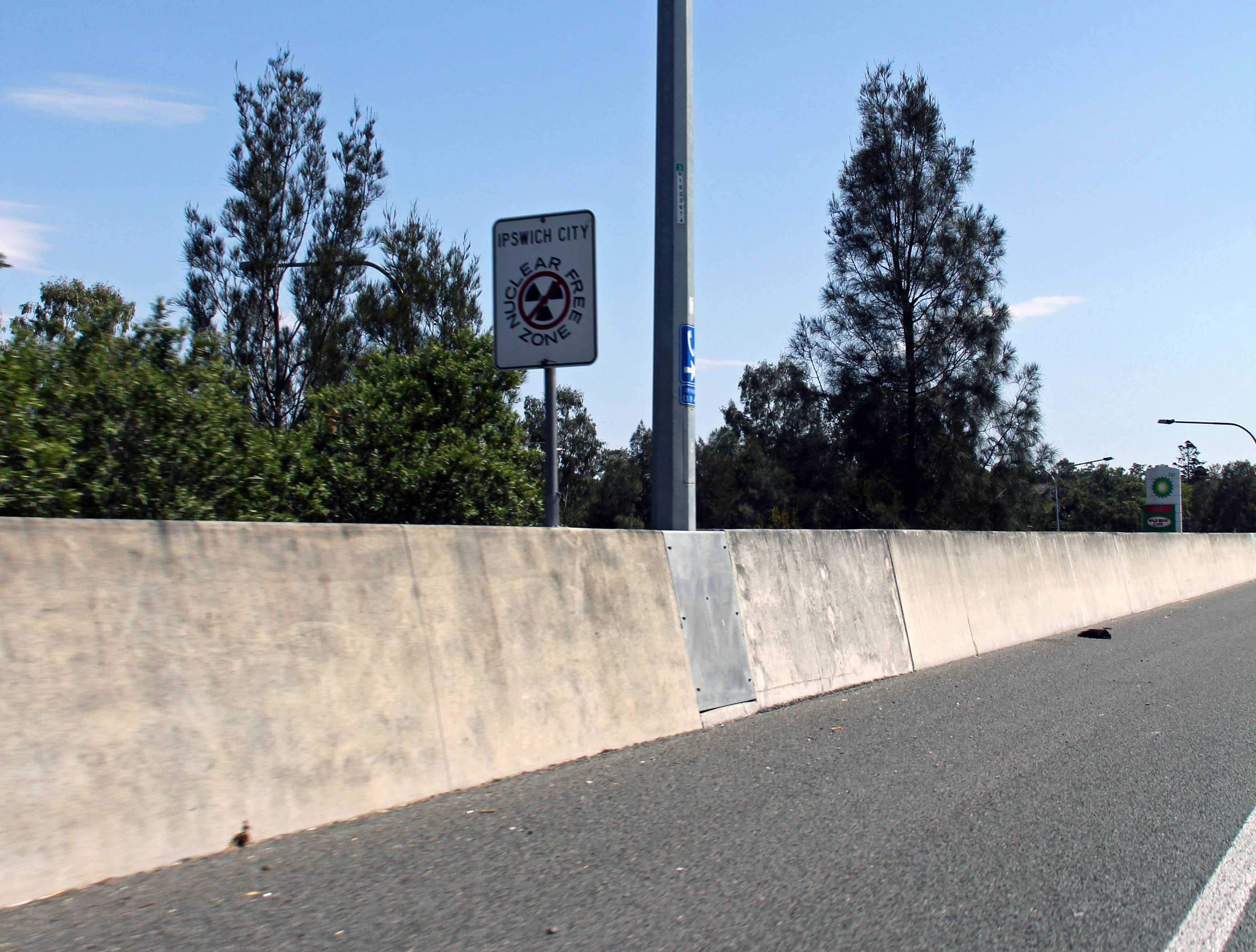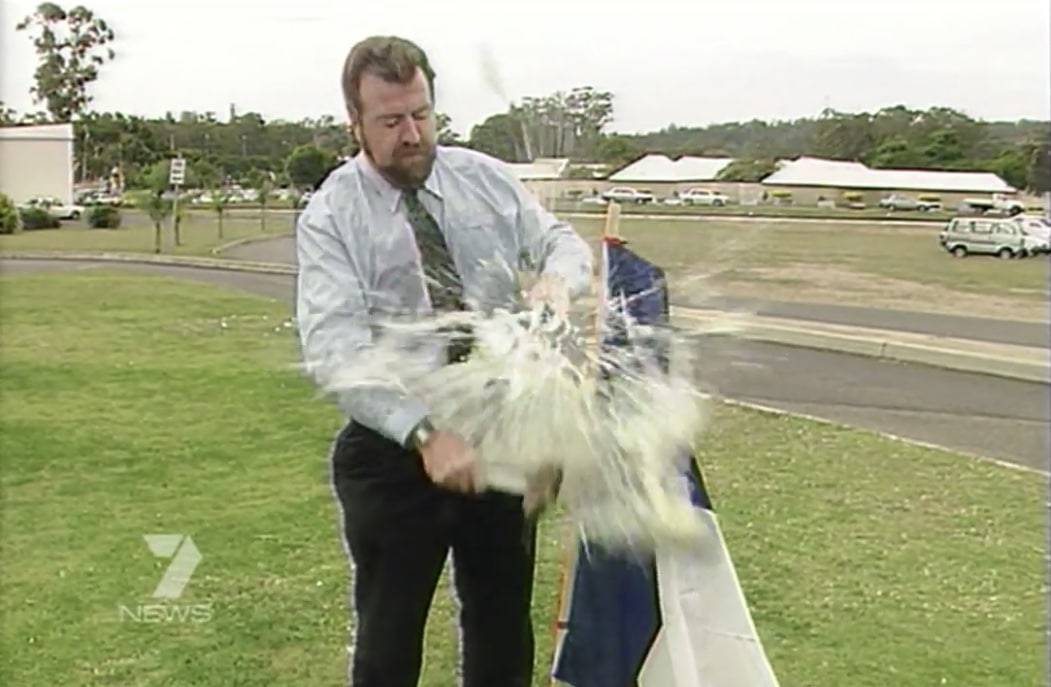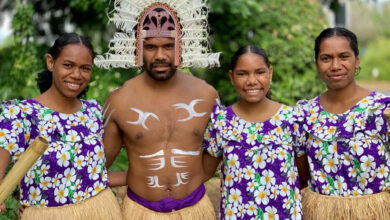Thousands of motorists speed past them daily, but what exactly do the “nuclear free zone” signs across Ipswich mean and why are they there?
Ipswich First spoke to Division 2 Councillor Paul Tully, who is also national secretary of the Australian Nuclear Free Zones and Toxic Industries Secretariat, to find out.

How did they come about?
“It dates back to 16 December 1982 when Ipswich City Council became the first Queensland city to declare itself a nuclear free zone,” Cr Paul Tully said.
“At the time there was an Australia-wide and international trend, particularly in England, of local governments declaring their areas nuclear free.”
The declaration was made amid a backdrop of community concern about the proliferation of nuclear arms and the risks associated with nuclear energy, particularly following a serious accident at the Three Mile Nuclear Generating Station in 1979.
“It was grassroots recognition of a very significant debate happening at a national and international level.”
The Queensland Times reported on 17 December 1982 that the first sign was to be placed in a park in Nicholas Street.
Now, the declaration is most visible on city entrance signs, particularly on the Ipswich Motorway and Centenary Highway.
More than 100 councils across Australia made nuclear free declarations after a meeting in 1983 at Sydney’s Town Hall where many signed up to the Australian Nuclear Free Zones and Toxic Industries Secretariat.
The Secretariat still operates today with 44 councils, including Ipswich, currently members.
What does the declaration mean?
“Essentially it is a statement of principle, saying that the city does not support the use, storage of or transportation through the city of nuclear weapons, waste or material,” Cr Tully said.
“The stance is noted in our planning scheme which lists nuclear industry as an inconsistent land use in all zones and as a matter that is undesirable and unlikely to be approved.
“Ultimately the state and federal governments can override council on this matter but nonetheless the signs, even to this day, signify an important stance that has been taken by the community.”
How relevant is the declaration today?
“It’s an issue that pops on and off the radar depending on what is happening around the world,” Cr Tully said.
“It is still very much relevant today. Governments in particular continue to grapple with how best to store nuclear waste.”
One such time when the issue of nuclear testing very much ‘popped on the radar’ for the City of Ipswich was in 1995 when then French president Jacques Chirac announced nuclear testing in French Polynesia.
As a result of the time difference following the decision and the fact a council meeting was already scheduled for that day, Ipswich led the world in condemning the French and banning the purchase of French goods and services.
In 2006 council reaffirmed its nuclear free stance as national debate raged over uranium exports and nuclear enrichment.
Other significant events in Australia in 1982
February: Lindy Chamberlain is committed for trial following the death of her daughter Azaria
March: Thousands walk across Sydney Harbour Bridge to mark its 50th anniversary
June: The Queensland Art Gallery is opened
September: A Cessna 210-5 vanishes on a flight from Atherton to Mt Isa. The five people aboard are assumed perished
December: Random Breath Testing is introduced in NSW






2
4.5